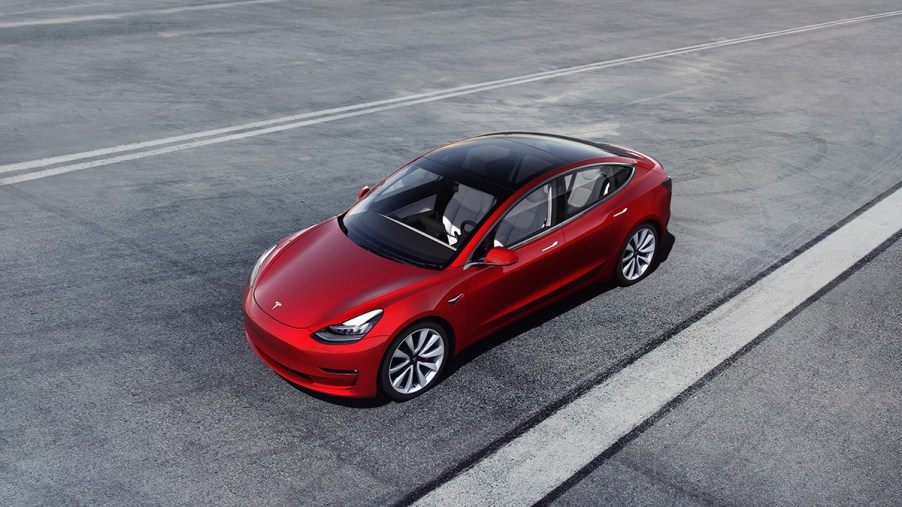
Tesla Sold More than 20,000 Model 3s in September
The Tesla Model 3 has been a big success and its success continues through September. Although Tesla sold over 20,000 Model 3s in the month, it actually fell short of Tesla’s expectations. This could be a recurring theme in the coming months but Tesla is doing something about it.
High expectations
According to InsideEVs, Tesla hoped to deliver 100,000 new Teslas in the third quarter of this year. The third quarter spans from July to September and Tesla managed to sell about 97,000 cars in this quarter. Tesla blamed that on the Model 3 underperforming. The Model S and the Model X, on the other hand, did better than Tesla expected.
InsideEVs also had lofty expectations for the Model 3’s sales this September, but Tesla failed to meet those expectations too. According to InsideEVs, Tesla sold about 22,000 Model 3s in September of 2018. Thus, this month’s performance shows a year-to-year decline in Model 3 sales. This is obviously not good for the Model 3, as it’s marketed as the affordable electric car that almost anyone can buy.
That said, compared to other midsize luxury cars, the Model 3 is still leading the pack. The next best-selling midsize luxury sedan was the Lexus ES, which sold only about 3,300 cars. Compared to other electric cars, the Model 3 is also in the lead. InsideEVs reported that the next best-selling electric car in September was the Chevy Bolt, and it only sold about 2,100 vehicles in the month.
Why it didn’t meet the demand
The big reason why Tesla didn’t meet its own expectations in terms of sales was likely due to the diminishing federal tax credit for Tesla’s cars. The government offers a $7,500 tax credit for buying an electric car but that tax credit was cut in half to $3,750 for Tesla’s cars. This was because that tax credit starts phasing out after a company sells a certain amount of cars, and Tesla, because of how popular its cars are, has blown past that number.
As a result, a Tesla will simply cost more now and in the near future when compared to before. This also creates a sort of pent up demand for Teslas, as people are rushing to take advantage of that tax credit as soon as they can. It’s entirely possible that when that tax credit fully expires that demand for the Model 3 and other Teslas will drop significantly.
Tesla’s plans
However, Tesla’s had plenty of time to work around that. Like Wired mentioned, Tesla dropped the price of all of its vehicles by $2,000. This will make the Model 3 and other Teslas cheaper, but it’ll still cost more than if the tax credit hadn’t expired. Whether or not another price drop will happen when the tax credits fully expire remains to be seen.
On top of that, Tesla is also aggressively expanding into other markets. Like InsideEVs mentioned, Europe and China are buying a lot of Teslas, and those markets haven’t done anything to hurt Tesla’s sales like the expiration of that tax credit has. These sales should offset the underperformance that the Model 3 had in the U.S.
Furthermore, Tesla’s always looking to add new features to its cars to entice new buyers. For example, Tesla added Netflix and YouTube to its cars which should beef up each Tesla’s entertainment options. More recently, Tesla announced that going forward, the interior of every Model 3 will not have leather, and this was good news to animal rights activists as well as to environmentalists.
Tesla hopes that those features, as well as other new ones like sentry mode and Smart Summon, will continue to drive up demand for Teslas.



